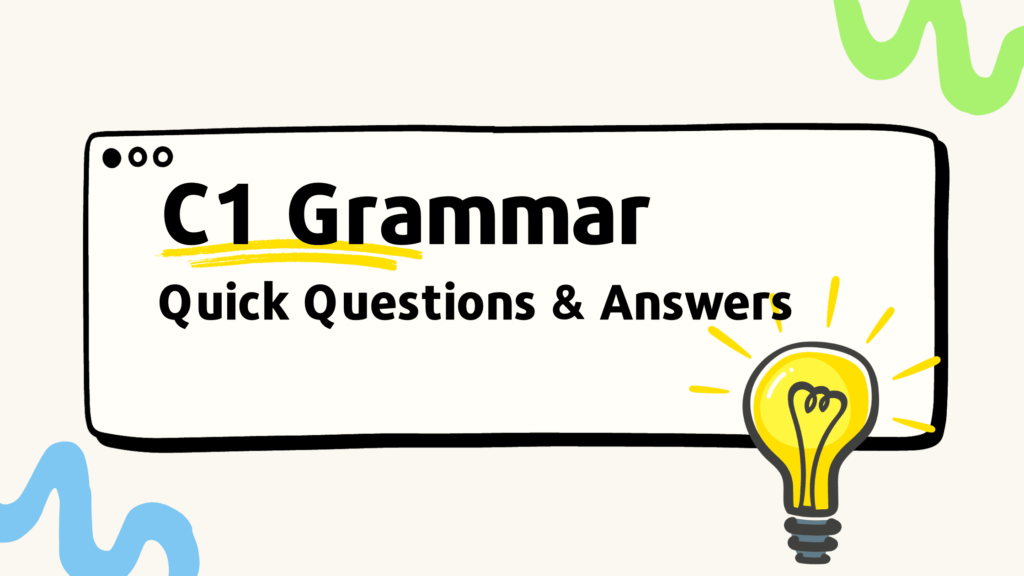Understanding and mastering grammar is a pivotal aspect of language proficiency, especially when navigating advanced levels such as C1 Grammar and C2 Grammar. In the following comprehensive guide, we explore the intricacies of C1 Grammar, shedding light on its nuances and providing practical insights for learners aspiring to reach this advanced level of English proficiency.
From differentiating between C1 and C2 levels to estimating the time required for progression, and offering actionable tips on improving writing skills and vocabulary, this guide aims to be a valuable resource for those committed to refining their command of the English language. So, let’s embark on a journey through the complexities and strategies associated with C1 Grammar and beyond.

What is C1 Grammar
C1 grammar means advanced English grammar. If you’re at the C1 level, you can enhance your grammar through clear lessons from the British Council. These lessons cover various topics like advanced passives, present simple and continuous, ellipsis, inversion, modals, participle clauses, and more. At C1, you can use language effectively for social, academic, and professional purposes.
Difference Between C1 and C2 Grammar
At C1, you understand demanding texts, express yourself fluently, and produce detailed content. At C2, you effortlessly comprehend everything, summarize information coherently, and express yourself very fluently and precisely. In short, C2 is a higher proficiency level than C1.
Time to Reach C1 Level
It takes about 700-800 hours to progress from B2 to C1, according to the Common European Framework of Reference for Languages (CEFR). The actual time varies based on factors like your learning background, study intensity, age, and exposure to outside lessons.
Improving Writing Skills at C1 Level:
To enhance writing skills at C1:
- Read extensively: Explore various materials to boost vocabulary, grammar, and style.
- Write regularly: Practice with short paragraphs or essays on topics of interest.
- Get feedback: Seek input from teachers, tutors, or peers to identify strengths and weaknesses.
- Learn from examples: Analyze good writing examples from books, newspapers, and journals.
- Take writing courses: Enroll in online or local courses to learn new techniques.
The British Council offers writing exercises covering essays, proposals, articles, reports, reviews, and emails. Each lesson includes a preparation task, a model text with tips, and tasks to practice writing skills.
Common Mistakes to Avoid at C1 Level
Common mistakes include using incorrect prepositions, misusing articles, creating run-on sentences, using sentence fragments, relying on passive voice, using clichés, employing informal language, and using incorrect verb tenses.
Improving Vocabulary for C1 Writing:
Avoid common mistakes like using incorrect prepositions, misusing articles, creating run-on sentences, using sentence fragments, relying on passive voice, using clichés, employing informal language, and using incorrect verb tenses. To improve vocabulary:
- Read widely: Explore diverse materials to expose yourself to new words.
- Use a thesaurus: Find synonyms to expand your vocabulary.
- Learn word families: Understand related words to improve word choice.
- Practice writing: Apply new words in your writing to reinforce learning.
- Engage in discussions: Participate in conversations to use and understand words in context.
Also Read: 38 C1 Adjectives, C1 Vocabulary with Meanings/ Examples